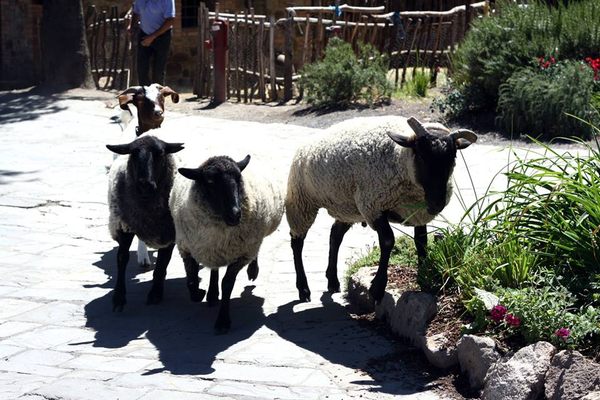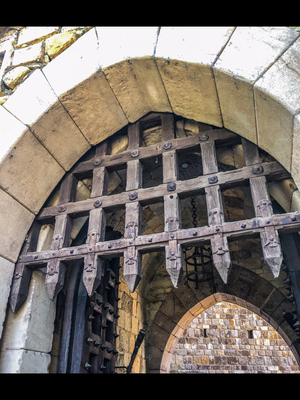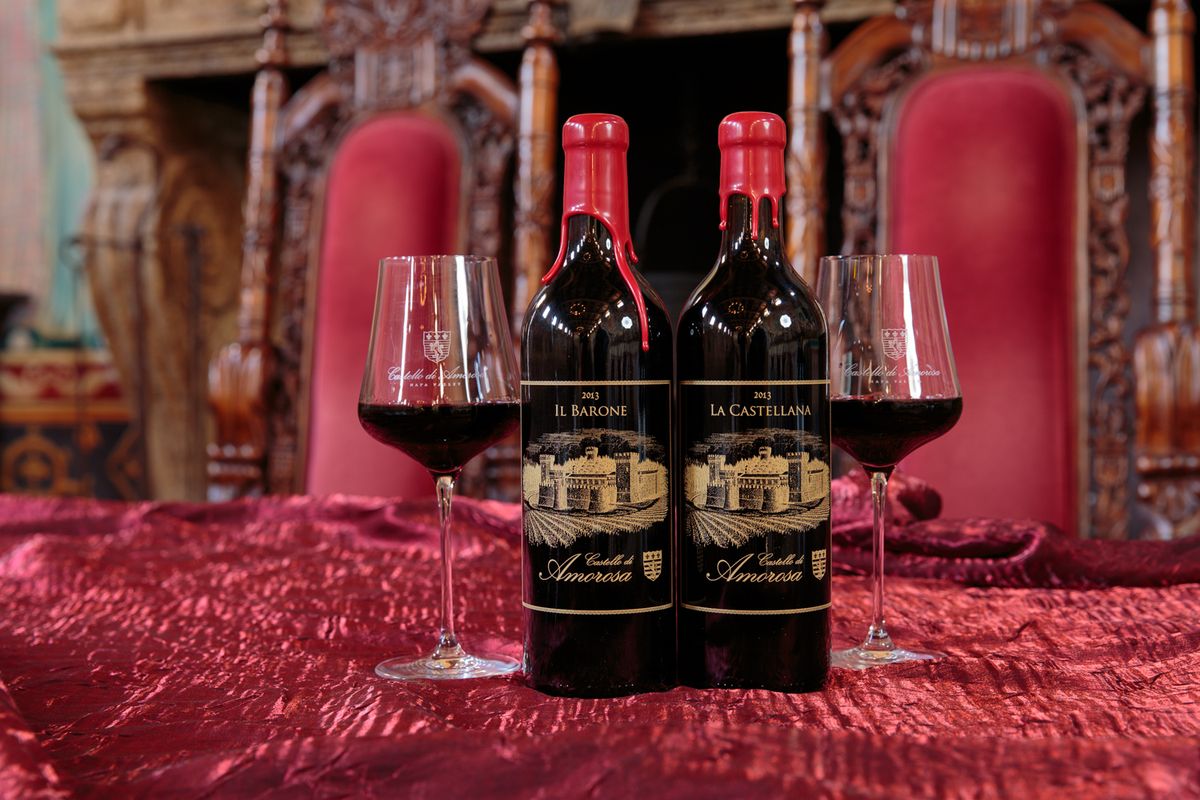About
Amid the mountains and vineyards of the Northern California wine country lies a building unlike any other: a 121,000 square foot, 107 room colossus with eight total levels (four above ground and four below), a functioning moat and drawbridge, 170 acres of active vineyards, and a two acre subterranean barrel room.
Castello di Amorosa was the brainchild of fourth generation vintner and ardent Italophile Dario Sattui. Born "Daryl Sattui," Dario had little interest in wine as a young adult. His grandfather, V. Sattui (after whom Dario's original winery is named), moved to the United States in 1885 and opened a winery in San Francisco. However, when his business failed during the height of Prohibition, V. Sattui turned to selling insurance, and the winery was forgotten.
In the mid 1970s, after attending college and traveling abroad, Dario Sattui returned to California intent on reviving his family's wine-making traditions. After a rough start, his V. Sattui winery has grown to become one of the most profitable operations in the entire wine country region.
In the early 1990s, Dario's fascination with Old World Italian architecture led him to draw up plans for a new 8,500 square foot Medieval-style building without cellars - plans that quickly evolved into the building that stands today. Construction started in 1995, and the building opened to the public in April, 2007, twelve years and millions of dollars later.
Dario was exhaustive in his quest for authenticity. Over one million antique bricks from torn down Hapsburg palaces were shipped to him and re-purposed. One family in Italy, the Marianis, crafted every nail, hinge, lock, and chain link over an open forge. No expense, in either time or effort, was spared making Dario's dream of owning an authentic Italian castle in the Northern California wine country a reality. The site even features a replica torture chamber with a 300-year-old iron maiden.
To some, Dario Sattui's wine-making fortress is a monstrosity. To others, it is an artifact of the old country that reflects wine's ancient European roots. But everyone can agree that the Castello di Amorosa, its grey stone walls sharply contrasted with row upon row of crimson, green, and burnished bronze grape vines, is impressive in scope, authentic in detail, and utterly unique.
Related Tags
Community Contributors
Added By
Published
September 11, 2013


























































































